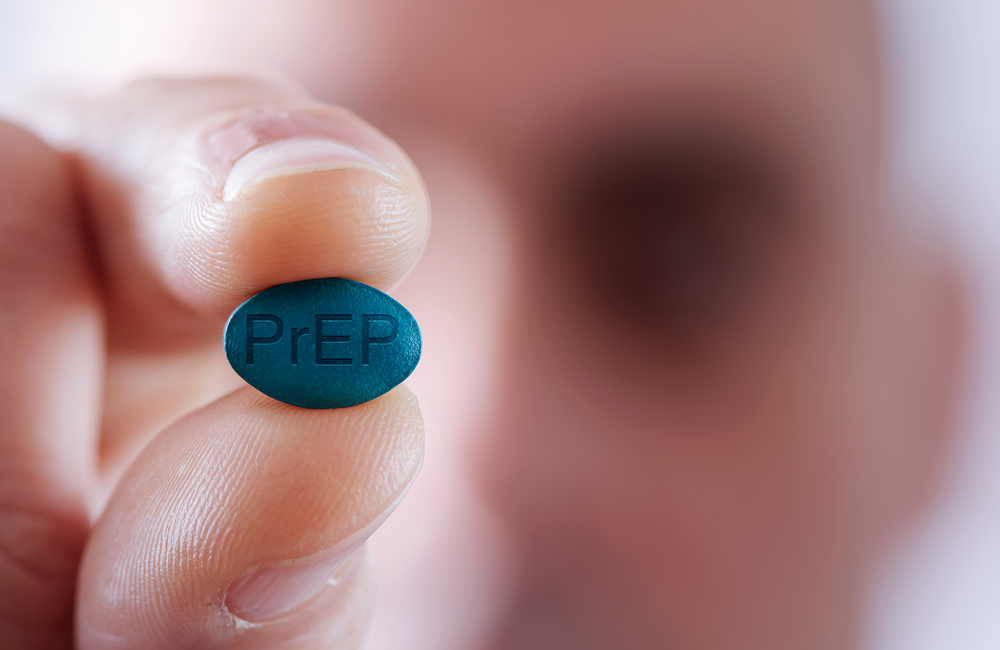
HIV experts and professionals agree that pre-exposure prophylaxis (PrEP) is a valuable addition to HIV prevention, but have varied views of the relationship between PrEP, reduced condom use and sexually transmitted infections (STIs), according to a study published last month in the Sociology of Health & Illness.
Professor Martin Holt of the University of New South Wales and colleagues closely examined the ways in which reduced condom use and STIs “were constructed as policy problems”. They identified a concerned and alarmed perspective, a neutral and normalising stance, and an optimistic and critical position.
“All three stances were selective in the way they performed evidence, emphasising some elements and ignoring or downplaying others,” the authors say.
Twenty one Australian professionals were interviewed in 2017. Nine of the participants worked in policy or policy/advocacy roles, five in clinical roles, five in research and two in health promotion.
Concerned and alarmed views were most often expressed by clinicians or by government policymakers - a professional group who are encouraged to anticipate risks in order to minimise them. These interviewees tended to see the link between PrEP and STIs as self-evident:
“The evidence is there and our clinicians are telling us we need to be prepared that we’re going to get an increase in STIs. We’re very concerned we’ve got a, we, you’re aware of the syphilis outbreak? We’re very concerned about antibiotic-resistant gonorrhoea. We have the highest rate of antibiotic resistance for gonorrhoea in the country. Yeah. So these are, yeah, these are quite, you know, we’re aware of this, as a consequence or by-product of introducing PrEP, so we need to be mindful of responding to that.”
The fear of uncontrolled or untreatable STI epidemics and the potential threat to public health underpinned this viewpoint. As well as resistant gonorrhoea, interviewees talked about serious complications of undiagnosed syphilis and other unusual cases.
Holt and colleagues point out that while we do know that PrEP users use condoms infrequently and are diagnosed with STIs at high rates, antibiotic resistance is rare in Australia and among PrEP users.
The ways in which these relationships are understood have implications for the future rollout of PrEP.
In contrast, many participants expressed more tempered views, often questioning the self-evident linking of PrEP, reduced condom use and increased STIs. These neutral and normalising accounts engaged with much of the same evidence, but positioned these effects as predictable and manageable. Interviewees often described longer-term trends:
“We’ve also seen a decade-long, trend increase in STIs prior to PrEP’s arrival as well as probably a decade-long trend down around condom use. So PrEP is acting maybe as an accelerant at this moment in time… I don’t have concerns. It’s another tool that’s arrived and it’s about how we effectively incorporate it within our prevention response.”
These interviewees said the benefits of PrEP outweighed any risks. They emphasised that PrEP’s main purpose was to prevent HIV, but sometimed added that it has other benefits:
“Of course, one of the primary concerns was that there’d be this massive spike in other STIs because people would stop using condoms where certainly we’re, you know, in some areas there seems to be a slight, a slight decrease in condom use but that’s, that was always gonna happen. And there are people that will sometimes, you know, decide not to or choose not to use condoms anyway. And the reality is that they’re more engaged with a health service that they trust and so any STIs that might be transmitted are getting picked up earlier anyway.”
However, Holt comments that it is debatable whether changes in condom use are ‘slight’. His own research has identified large-scale shifts in sexual practices among gay and bisexual men in Australia.
The third and final stance is described as optimistic and critical. People expressing these ideas tended to be both optimistic about PrEP’s benefits for STIs and critical of the ‘sex negative’ and ‘reactionary’ views of the first group of interviewees. These respondents most often worked in community organisations or in academic research. Their optimism was based on beliefs that PrEP would facilitate regular screening for STIs:
“I think a lot of people will understand that actually having large numbers of HIV-negative, gay men who can be regularly tested is actually a really good thing that’s actually quite difficult to achieve in other ways. So PrEP has that positive effect… There’s some interesting modelling out of the CDC on this, it might be the case that the effect of secondary prevention is enough that it will drive down incidence of STIs.”
However the authors comment that these optimistic scenarios and mathematical modelling studies are an unproven future. Just as the ‘worst case’ scenarios described earlier have not actually happened, these ‘best case’ scenarios have not been observed among PrEP users or in communities that have embraced PrEP. At the same time, PrEP has been transformed from being an HIV prevention technology into being both that and a technology to increase STI testing.
The same respondents tended to be critical of what one described as a “frenzied fear about increased STIs”. They noted that such concerns tend to focus on gay men rather than any other group, noting parallels with the ways in which the sexual behaviour of gay men has been scrutinised since the beginning of the HIV epidemic.
Interviewees said that sex between men has been ‘pathologised’. While PrEP has the potential to relieve gay men of a persistent fear of HIV, this has inspired a push back:
“I think that’s partly why you also hear these arguments about, you know, ‘What about STIs?’ or ‘Everyone’s gonna be a ‘slut’’. It’s sort of the lingering effects of that, of those decades of pathologisation, which I really don’t think can be underestimated.”
Implications
The researchers say that the ways in which these relationships are understood have implications for the future rollout of PrEP and the experience of its users.
The concerned and alarmed approach suggests that PrEP is problematic. This implies greater caution in promoting PrEP, that PrEP users should be encouraged to use condoms and that PrEP might be better positioned as a niche tool for those who can’t use condoms. Moreover, the behaviour of PrEP users should be monitored and treated with caution.
The neutral and normalising stance suggests a ‘wait and see’ approach that supports the continued, measured rollout of PrEP. As PrEP is primarily seen as an HIV prevention tool, condom and STI trends should be considerably separately.
The optimistic and critical stance implies that PrEP should be promoted more enthusiastically to help with HIV and STI epidemics. It also suggests that positive framings of PrEP should be used to encourage uptake, including celebrating the relief and pleasure experienced by people using PrEP.
Holt M et al. HIV pre‐exposure prophylaxis and the ‘problems’ of reduced condom use and sexually transmitted infections in Australia: a critical analysis from an evidence‐making intervention perspective. Sociology of Health & Illness, early view, 18 June 2019. (Abstract).

